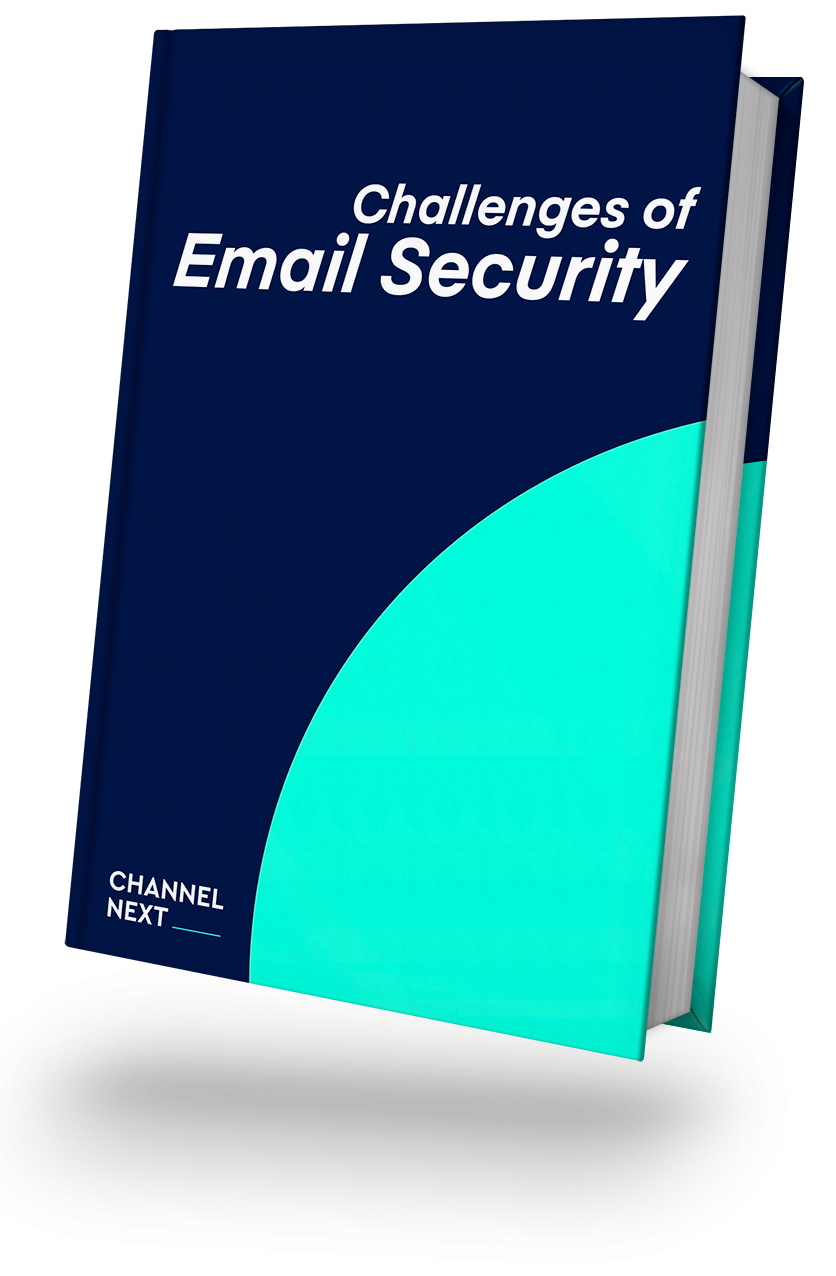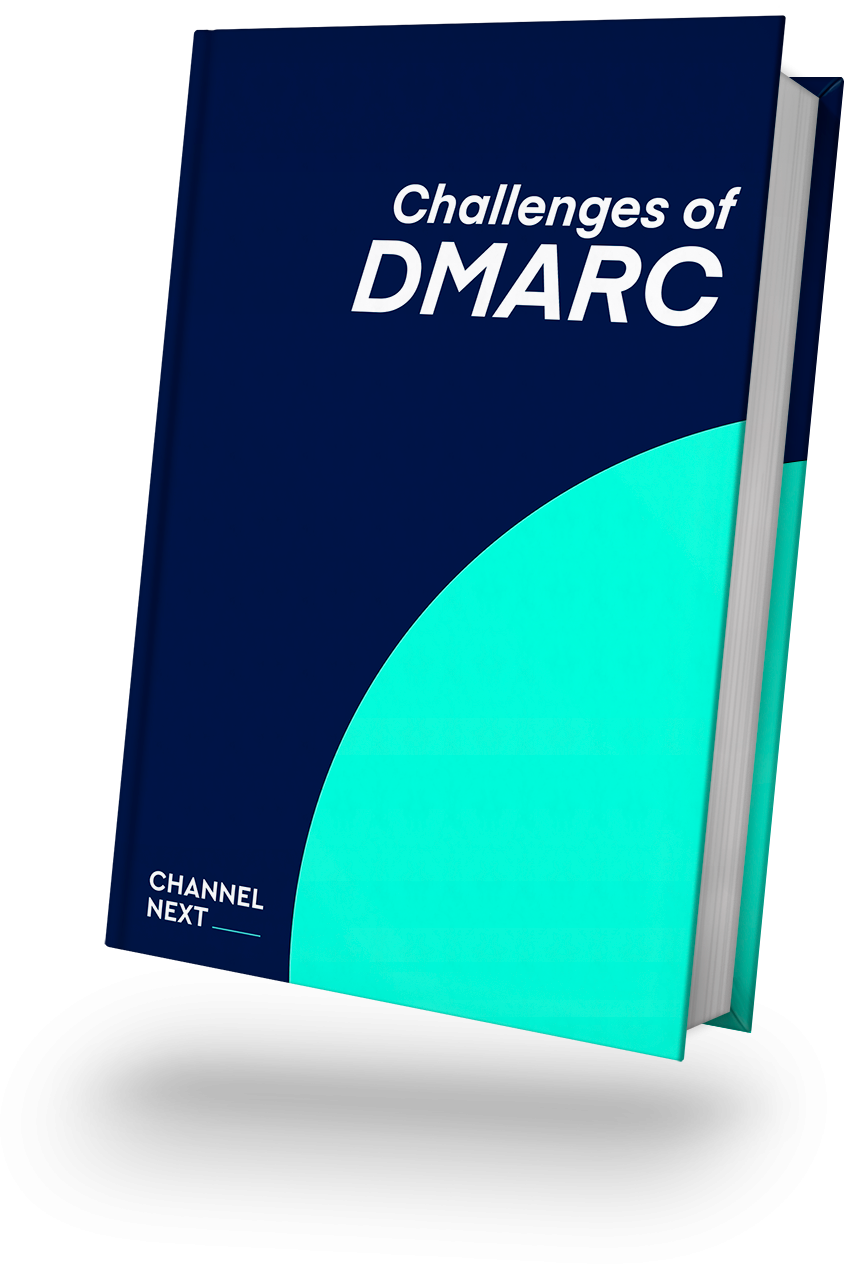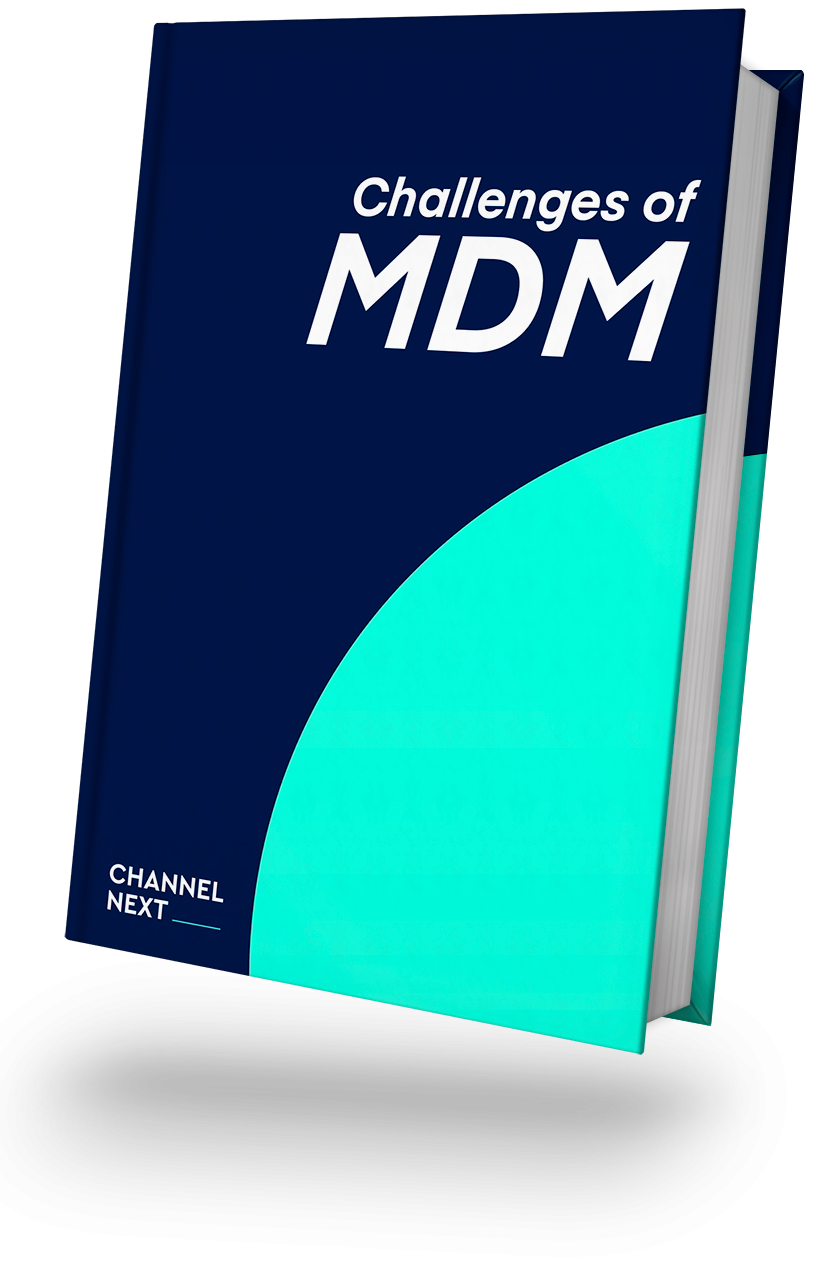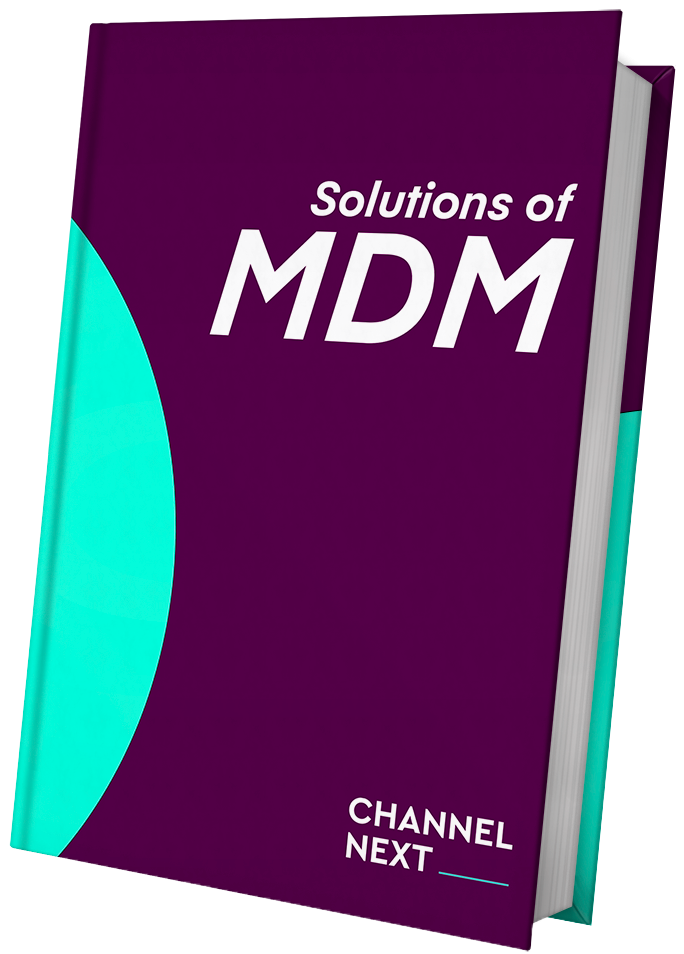Top Challenges

Sophisticated Phishing threat

Ransomware & Zero-Day

Account Takeover (ATO)

Sophisticated Phishing threat

Ransomware & Zero-Day

Account Takeover (ATO)
Sophisticated
Phishing threat
CHALLENGES
Sophisticated phishing and insider threats challenge email security by employing convincing tactics and bypassing traditional defenses, posing risks of data breaches and compromised user accounts.
Consequences
Falling victim to sophisticated phishing or insider threats can lead to severe repercussions, including compromised data, financial loss, damaged reputation, and regulatory penalties, impacting organizational operations and trust.
Scenario 1 - CEO Impersonation
A cybercriminal impersonates the CEO, requesting urgent wire transfers via email. Employees, unaware of the ruse, comply, resulting in substantial financial loss and reputational damage to the company.
Scenario 2-Compromised Insider
A disgruntled employee with access to sensitive data leaks confidential information to competitors, causing severe financial losses and tarnishing the company's reputation.
Scenario 3 - Vendor Email Compromise
Hackers infiltrate a trusted vendor's email system, sending fraudulent invoices to clients. Unaware recipients pay, resulting in financial losses and strained business relationships.
Scenario 4 - Spear Phishing Campaign
Employees receive personalized emails containing malware-laden attachments disguised as legitimate documents. Upon opening, the malware infiltrates the company's network, leading to data breaches and operational disruptions.
CEO Impersonation
A cybercriminal impersonates the CEO, requesting urgent wire transfers via email. Employees, unaware of the ruse, comply, resulting in substantial financial loss and reputational damage to the company.
Compromised Insider
A disgruntled employee with access to sensitive data leaks confidential information to competitors, causing severe financial losses and tarnishing the company's reputation.
Vendor Email Compromise
Hackers infiltrate a trusted vendor's email system, sending fraudulent invoices to clients. Unaware recipients pay, resulting in financial losses and strained business relationships.
Spear Phishing Campaign
Employees receive personalized emails containing malware-laden attachments disguised as legitimate documents. Upon opening, the malware infiltrates the company's network, leading to data breaches and operational disruptions.
Account Takeover
CHALLENGES
Sophisticated attackers target user credentials through various methods like phishing, posing challenges in detecting and preventing unauthorized access, potentially leading to data breaches and financial losses.
Consequences
Once compromised, cybercriminals exploit hijacked accounts to launch further attacks from within the platform, compromising sensitive data, disrupting operations, and damaging the organization’s reputation.
Phishing Campaign Success
A cybercriminal launches a sophisticated phishing campaign, tricking employees into revealing their login credentials. With compromised accounts, the attacker gains access to sensitive data, compromising the organization’s security and potentially causing financial losses and reputational damage.
Credential Stuffing Attack
Using stolen credentials obtained from a previous data breach, an attacker employs automated tools to perform a credential stuffing attack on the organization’s login portal. Successful account takeovers enable unauthorized access, leading to data breaches and compliance violations.
Insider Threat Investigation
A disgruntled employee, seeking revenge, collaborates with external threat actors to orchestrate an account takeover. With insider knowledge, they exploit vulnerabilities to compromise user accounts, causing data breaches, operational disruption, and reputational harm to the organization.
Deficient Content Filtering
CHALLENGES
Evading Detection: Ransomware and zero-day attacks often bypass traditional security measures, exploiting vulnerabilities before they’re identified, leading to potential data breaches and operational disruptions.
Consequences
Data Encryption: Ransomware encrypts critical data, disrupting operations and causing financial losses, while zero-day attacks exploit vulnerabilities, potentially leading to unauthorized access and data compromise.
Scenario-1: Corporate Ransomware crisis
A multinational corporation falls victim to a ransomware attack as employees unknowingly download infected email attachments. Critical data across the network is encrypted, halting operations. Despite efforts to contain the attack, the company faces hefty ransom demands and reputational damage.
As the ransomware spreads, essential systems remain inaccessible, causing severe disruptions in daily operations. The company’s IT team scrambles to identify the source of the attack and restore data from backups. However, the incident’s impact on productivity and customer trust lingers, highlighting the need for robust cybersecurity measures.
Scenario-2: Healthcare Data Breach Fallout
In a healthcare organization, a zero-day exploit targets vulnerabilities in the patient records system. Attackers gain unauthorized access, compromising sensitive medical data. The organization faces regulatory scrutiny and public outrage as patient confidentiality is breached, leading to legal repercussions and erosion of trust.
As the zero-day exploit infiltrates deeper into the network, critical patient information becomes compromised, raising concerns about data integrity and privacy. The organization struggles to contain the breach, leading to disruptions in healthcare services and financial losses. Restoring trust and implementing stronger security measures become urgent priorities.
Scenario-3:Financial Institution Cyber Meltdown
A financial institution encounters a ransomware attack on its banking systems, crippling transactional capabilities. Customer accounts are frozen, and panic ensues as clients are unable to access funds. The institution faces regulatory penalties and customer backlash, tarnishing its reputation and financial stability.
As the ransomware encrypts financial data, the institution’s ability to conduct transactions grinds to a halt, causing widespread panic among account holders. Efforts to restore services are hampered by the sophistication of the attack, exacerbating financial losses and regulatory fines. Rebuilding customer confidence becomes paramount amid the crisis.
Scenario-4: Educational randomware nightmare
An educational institution falls victim to a ransomware attack on its student information system, compromising sensitive personal data. Student records are encrypted, disrupting academic operations and causing distress among faculty and students. The institution faces legal liabilities and reputational harm as parents and students demand accountability.
As the ransomware encrypts student records, access to critical information for academic planning and administration is lost. Efforts to restore data are complicated by the extent of the encryption, prolonging disruptions and exacerbating frustrations. Rebuilding trust with students, parents, and stakeholders becomes essential for the institution’s recovery.



Scenario-1: Corporate Ransomware crisis
A multinational corporation falls victim to a ransomware attack as employees unknowingly download infected email attachments. Critical data across the network is encrypted, halting operations. Despite efforts to contain the attack, the company faces hefty ransom demands and reputational damage.
As the ransomware spreads, essential systems remain inaccessible, causing severe disruptions in daily operations. The company’s IT team scrambles to identify the source of the attack and restore data from backups. However, the incident’s impact on productivity and customer trust lingers, highlighting the need for robust cybersecurity measures.
Scenario-2: Healthcare Data Breach Fallout
In a healthcare organization, a zero-day exploit targets vulnerabilities in the patient records system. Attackers gain unauthorized access, compromising sensitive medical data. The organization faces regulatory scrutiny and public outrage as patient confidentiality is breached, leading to legal repercussions and erosion of trust.
As the zero-day exploit infiltrates deeper into the network, critical patient information becomes compromised, raising concerns about data integrity and privacy. The organization struggles to contain the breach, leading to disruptions in healthcare services and financial losses. Restoring trust and implementing stronger security measures become urgent priorities.
Scenario-3:Financial Institution Cyber Meltdown
A financial institution encounters a ransomware attack on its banking systems, crippling transactional capabilities. Customer accounts are frozen, and panic ensues as clients are unable to access funds. The institution faces regulatory penalties and customer backlash, tarnishing its reputation and financial stability.
As the ransomware encrypts financial data, the institution’s ability to conduct transactions grinds to a halt, causing widespread panic among account holders. Efforts to restore services are hampered by the sophistication of the attack, exacerbating financial losses and regulatory fines. Rebuilding customer confidence becomes paramount amid the crisis.
Scenario-4: Educational randomware nightmare
An educational institution falls victim to a ransomware attack on its student information system, compromising sensitive personal data. Student records are encrypted, disrupting academic operations and causing distress among faculty and students. The institution faces legal liabilities and reputational harm as parents and students demand accountability.
As the ransomware encrypts student records, access to critical information for academic planning and administration is lost. Efforts to restore data are complicated by the extent of the encryption, prolonging disruptions and exacerbating frustrations. Rebuilding trust with students, parents, and stakeholders becomes essential for the institution’s recovery.




















